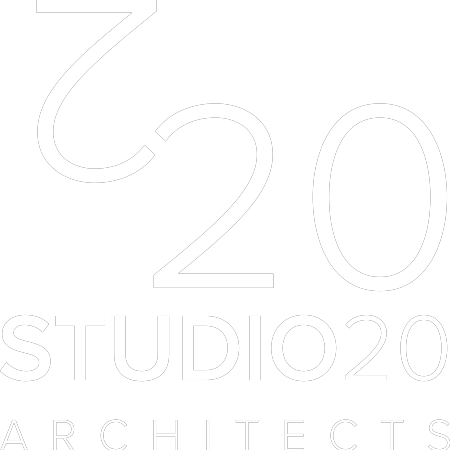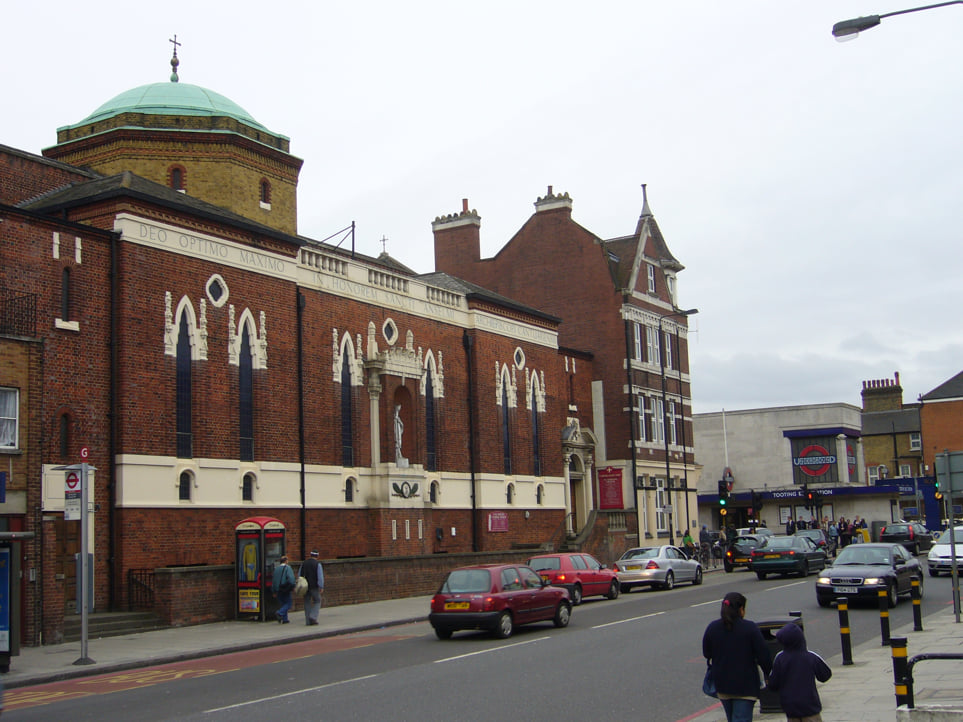Enhance Your Home with a Wandsworth Tooting Bec Kitchen Extension: A Comprehensive Guide
In the vibrant and eclectic neighborhood of Wandsworth Tooting Bec, a kitchen extension represents an opportunity to significantly elevate both the functionality and aesthetics of your home. Whether you’re aiming to create a culinary haven, boost your home’s value, or better accommodate your family’s needs, a kitchen extension can be a transformative project. This comprehensive guide will delve into every aspect of undertaking a kitchen extension in Wandsworth Tooting Bec, from the initial planning stages to the final finishing touches.
1. The Benefits of a Kitchen Extension
a. Expanding Living Space
A kitchen extension allows for the creation of a more open and fluid living environment. By expanding the kitchen, you can integrate it with adjacent dining and living areas, fostering a more social and functional space. This open-plan design is ideal for hosting gatherings and daily family interactions, offering a modern lifestyle that caters to contemporary needs.
b. Adding Property Value
One of the most compelling reasons for undertaking a kitchen extension is the potential increase in property value. A well-designed and executed kitchen extension can make your home more appealing to prospective buyers, thereby enhancing its market value. In a sought-after area like Wandsworth Tooting Bec, where property values are on the rise, this investment can yield substantial returns.
c. Enhancing Functionality
A larger kitchen provides the opportunity to introduce additional storage, expansive countertops, and state-of-the-art appliances. This not only improves the overall functionality of the kitchen but also helps in better organization and efficient use of space. With more room to work, you can incorporate features like kitchen islands, breakfast bars, and multiple cooking zones.
d. Personalizing Your Space
A kitchen extension allows you to tailor the space to your specific tastes and requirements. Whether you prefer a sleek, modern design or a more traditional aesthetic, the extended space can be customized to reflect your personal style and preferences.
2. Planning Your Kitchen Extension
a. Assessing Your Needs
Before embarking on a kitchen extension, it is crucial to assess your current kitchen’s shortcomings and determine what improvements you need. Consider factors such as:
- Space Requirements: How much additional space will you need to accommodate your lifestyle changes or specific requirements?
- Design Preferences: What layout and style do you envision for your new kitchen? Do you prefer an open-plan design, or are you leaning towards a more defined kitchen area?
- Budget: Establish a realistic budget that covers all aspects of the project, including design, construction, and finishing touches.
b. Securing Planning Permission
In Wandsworth Tooting Bec, certain regulations may apply to kitchen extensions. It’s essential to understand and adhere to local planning guidelines. This may involve:
- Applying for Planning Permission: Depending on the scale of the extension, you may need to submit a planning application to the local council.
- Complying with Building Regulations: Ensure that the extension meets all building regulations related to safety, structural integrity, and energy efficiency.
c. Engaging Professionals
Hiring the right professionals is key to a successful kitchen extension. Consider engaging:
- Architects: To design the layout and ensure it meets your needs while complying with regulations.
- Builders: To carry out the construction work. Choose a reputable builder with experience in kitchen extensions and positive client feedback.
- Interior Designers: To help with the selection of materials, colors, and finishes that align with your vision.
3. Designing Your Kitchen Extension
a. Layout and Functionality
The layout of your kitchen extension should enhance functionality and flow. Popular design options include:
- Open-Plan Layouts: Integrate the kitchen with dining and living areas for a cohesive and spacious feel.
- Zoned Spaces: Create distinct areas for cooking, dining, and relaxation within the extended space.
- Kitchen Islands: Incorporate islands for additional counter space and storage, as well as a focal point for social interaction.
b. Choosing Materials and Finishes
Selecting high-quality materials and finishes is crucial for both durability and aesthetics. Consider:
- Countertops: Options like granite, quartz, and marble offer durability and a polished look.
- Cabinetry: Choose cabinetry that complements your kitchen’s design and provides ample storage.
- Flooring: Durable and easy-to-clean flooring options, such as hardwood, tile, or laminate, are ideal for high-traffic areas.
c. Lighting and Ventilation
Effective lighting and ventilation are essential components of a functional kitchen. Options include:
- Task Lighting: Install under-cabinet lighting and overhead fixtures to illuminate work surfaces.
- Ambient Lighting: Use ceiling lights and pendant fixtures to create a warm and inviting atmosphere.
- Ventilation: Ensure proper ventilation with a high-quality range hood or extractor fan to maintain air quality and remove cooking odors.
4. Constructing Your Kitchen Extension
a. The Building Process
The construction phase involves several key steps:
- Site Preparation: Clearing and preparing the site for construction, including excavation if necessary.
- Structural Work: Laying the foundation, erecting walls, and constructing the roof of the extension.
- Interior Work: Installing electrical and plumbing systems, insulation, drywall, and flooring.
b. Managing the Project
Effective project management ensures that your kitchen extension progresses smoothly:
- Timeline: Establish a realistic timeline for each phase of the project and communicate this with your builder.
- Budget: Monitor expenses to stay within budget and avoid unexpected costs.
- Quality Control: Regularly inspect the work to ensure it meets your standards and specifications.
5. Final Touches and Finishing
a. Interior Design
Complete your kitchen extension with thoughtful interior design elements:
- Cabinetry and Appliances: Install cabinetry, countertops, and appliances according to the design plan.
- Decor: Choose complementary decor, including backsplashes, window treatments, and accessories.
- Furniture: Select furniture that fits the style and function of the extended kitchen, such as dining tables, chairs, and bar stools.
b. Final Inspection
Conduct a final inspection to ensure all aspects of the extension are completed to your satisfaction:
- Quality Check: Verify that all work is finished to a high standard and in accordance with your specifications.
- Functionality: Test all appliances, fixtures, and systems to ensure they are fully operational.
- Compliance: Confirm that the extension complies with all relevant regulations and has passed any necessary inspections.
Conclusion
A kitchen extension in Wandsworth Tooting Bec is a significant investment that can greatly enhance your home’s functionality and value. By carefully planning, engaging skilled professionals, and focusing on design and construction details, you can create a kitchen that not only meets but exceeds your expectations. Whether you envision a modern open-plan space or a cozy, functional area, a well-executed kitchen extension will transform your home into a more enjoyable and practical living environment.
For those considering a kitchen extension, Wandsworth Tooting Bec offers a range of possibilities that can turn your vision into reality. With the right approach and expert guidance, your kitchen extension will become a highlight of your home for years to come.



No responses yet